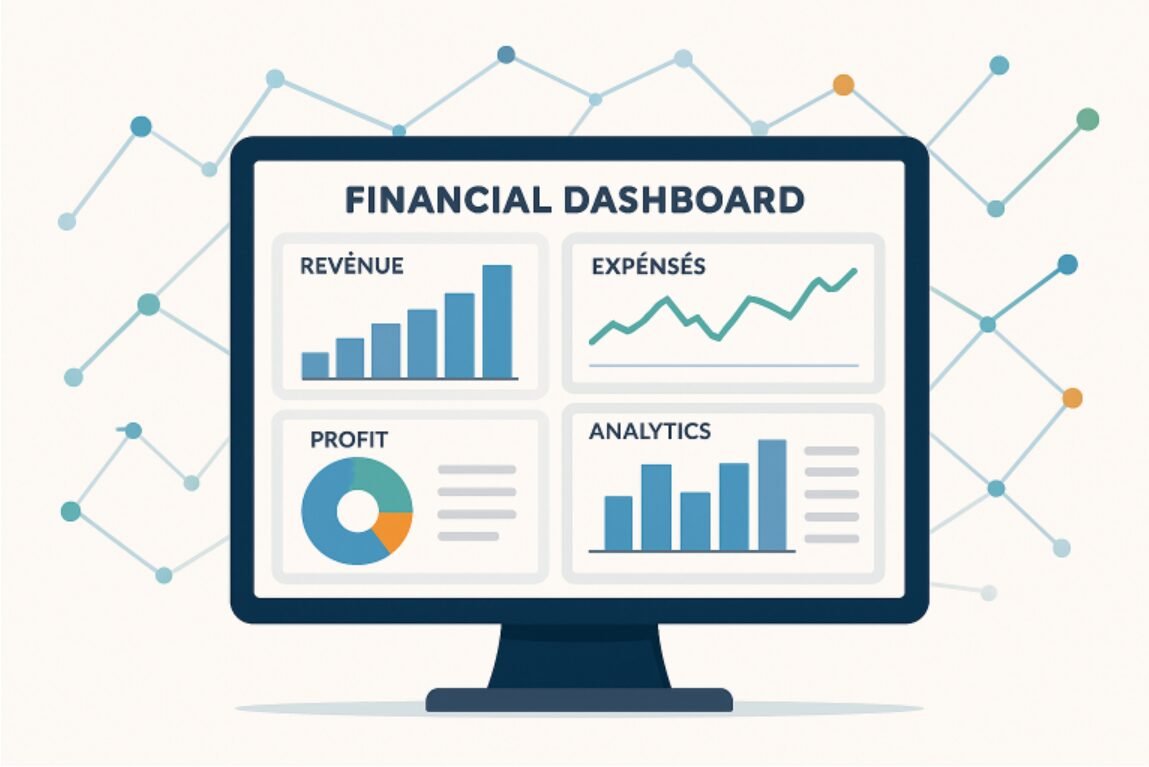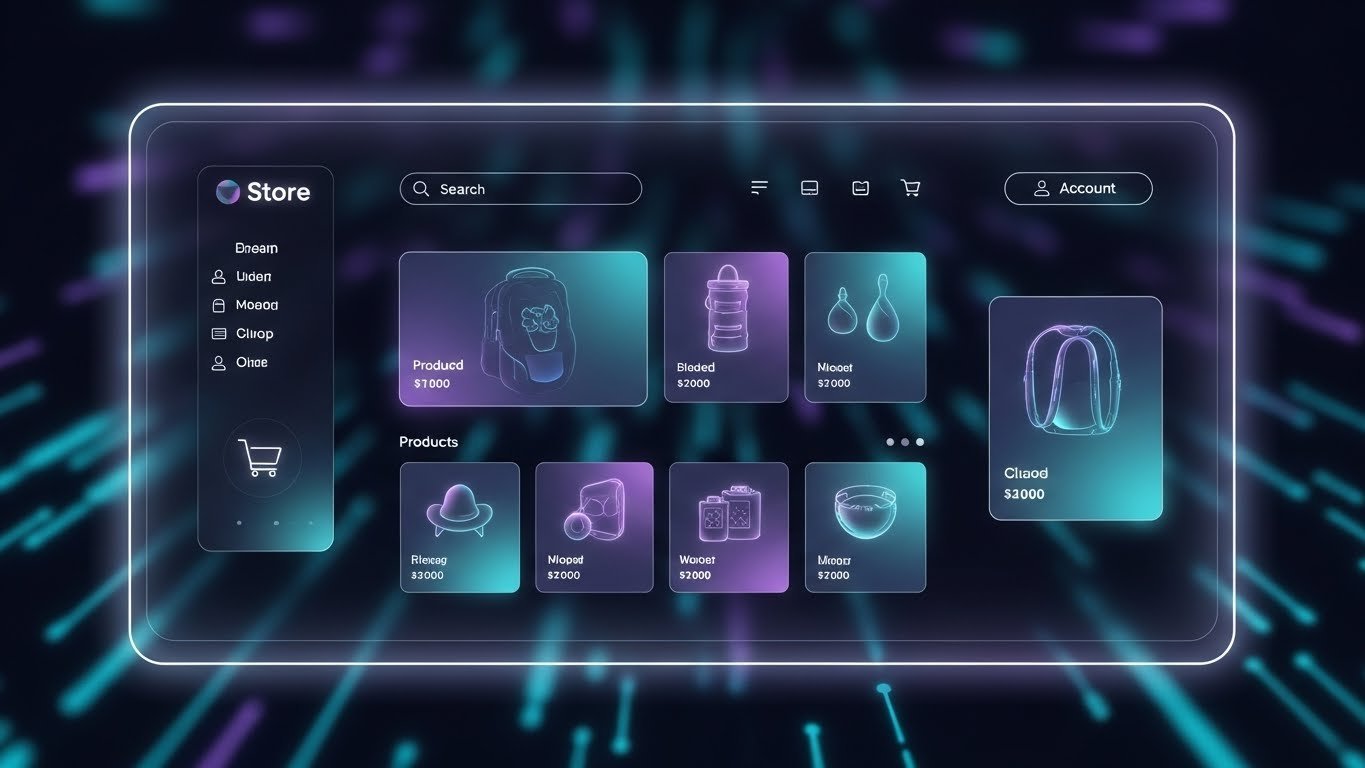In the digital age, downtime can cost organizations more than just money; it can erode customer trust, disrupt long-term plans, and even threaten the very existence of a business. When critical IT systems fail or are compromised — whether by ransomware, power outages, hardware breakdowns, or natural disasters — the financial and reputational losses can be substantial and far-reaching. Disaster Recovery as a Service (DRaaS) is a cloud-based solution designed to help businesses of all sizes rapidly restore operations after these kinds of disruptions. With DRaaS, a business leverages secure third-party cloud infrastructure to secure your business’ data, providing the ability to maintain continuity even when facing major setbacks, from data breaches to catastrophic weather events.
Why Growing Businesses Need DRaaS
With businesses increasingly dependent on digital platforms and cloud services, the threat landscape has expanded, making vulnerabilities more varied and less predictable. Cyberattacks are on the rise, and system failures and unforeseen disasters have become a leading source of operational disruption. DRaaS provides a safety net to mitigate these risks, offering affordable, scalable, and agile recovery options; it’s uniquely suited to businesses experiencing rapid growth or operational transformation. By relying on cloud infrastructure and automated recovery processes, organizations can allocate resources more effectively and adapt quickly as their needs change. Consider the following standout advantages of DRaaS:
- Cost Efficiency: DRaaS leverages a pay-as-you-go model to eliminate the need for a significant upfront investment in on-premises backup hardware or maintaining a fleet of IT specialists. This lets smaller and growing businesses gain enterprise-grade protection without straining their budgets, paying only for the resources they use rather than maintaining costly idle capacity.
- Scalability: DRaaS platforms are designed to grow and contract seamlessly based on your business needs. As your business accumulates more data and expands across new digital channels, the backup and recovery capabilities scale automatically, providing uninterrupted protection and removing the need for time-consuming manual upgrades or costly infrastructure overhauls.
- Rapid Recovery: At the heart of DRaaS is its ability to deliver fast, automated failover processes. This minimizes downtime by allowing you to redirect operations swiftly to backup environments, so your teams can get back to work with minimal disruption. Customers and partners expect high availability in today’s marketplace, and a well-implemented DRaaS solution helps you meet those expectations by maximizing uptime and minimizing an incident’s financial and reputational impact.
Key Features of DRaaS
Picking the right DRaaS provider goes beyond simply finding a cloud service with good storage. As your business progresses through stages of growth, you need a solution that offers both resilience and operational simplicity, flexibility, and robust compliance capabilities. Here are some critical features to look for in a DRaaS solution:
- Automated Backup and Replication: Consistent, real-time backups are managed automatically, ensuring that data is frequently synchronized and available for quick restoration. This level of automation reduces manual tasks for internal teams. It guarantees that the latest data is always ready to be restored, reducing the risk of data loss due to human error.
- Compliance and Security: Security is a central element for any business, especially those subject to regulatory requirements. Top DRaaS providers build compliance into their offerings, adhering to industry protocols such as GDPR, HIPAA, and SOC 2. They supply features like encrypted data transmission, secure user authentication, robust access controls, and comprehensive audit logs.
- Customizable Recovery Plans: No two businesses operate identical systems or face identical risks. Leading DRaaS platforms allow customers to set tailored recovery time objectives (RTOs) and recovery point objectives (RPOs), addressing their unique business priorities. Whether you’re protecting sensitive databases or mission-critical applications, these custom plans let you determine the right balance of cost and resilience.
By thoroughly assessing which features are essential to your specific workflow, you can better identify which DRaaS providers align with your current and future needs. This thorough approach enables you to create a disaster recovery environment that meets operational requirements and positions your business for resilient, sustainable growth.
Choosing the Right DRaaS Provider
Every organization’s IT infrastructure, compliance needs, and risk tolerance are different, especially for businesses in growth mode. Therefore, selecting a DRaaS provider is a strategic decision that requires careful evaluation of multiple criteria. Look for providers offering clear, well-defined service level agreements (SLAs) guaranteeing specific levels of uptime and recovery speed. Consider the provider’s data centers’ physical security and geographic diversity, which should align with your compliance regulations and regional data residency requirements.
Equally important is the provider’s commitment to customer service. The best DRaaS vendors deliver 24/7 support and maintain a proven record of rapid issue resolution. They should also have strong relationships with leading technology vendors and a portfolio of successful case studies demonstrating their experience with your sector’s businesses.
Implementing DRaaS: Steps for Success
- Assess Business Needs: Begin with a thorough risk and impact analysis, identifying which systems, processes, and data are most critical to daily operations. Quantify downtime’s financial and reputational impact for each asset, highlight essential business functions, and identify where disaster recovery will deliver the most value.
- Evaluate Providers: Create a shortlist of providers and compare them against factors such as data security standards, compliance certifications, transparency in pricing, and historical customer satisfaction. Seek references or case studies that match your industry or regulatory landscape.
- Develop a Recovery Plan: Work with your chosen provider to design an actionable disaster recovery roadmap. Define clear recovery time objectives (RTOs) and recovery point objectives (RPOs), spell out communication protocols for incidents, and clarify the roles and responsibilities of IT and business leaders during a crisis.
- Test and Update: Regularly simulate disaster scenarios, using them as opportunities for training and assessment. Treat your disaster recovery plans as living documents: update them periodically as your business evolves, your IT footprint expands, or you migrate to new technologies.
The hallmark of DRaaS success goes beyond having backups stored in the cloud—it’s measured by your team’s confidence in disaster response and the plan’s proven effectiveness when tested against real-world scenarios. A culture of continuous improvement, open communication, and proactive scenario testing ensures your plan evolves with your business and continues to deliver reliable protection.
Conclusion
For ambitious, growing businesses intent on maintaining operational excellence, DRaaS is a foundational component of a resilient IT strategy. The capacity to offload risk, ensure seamless data scalability, and recover rapidly from crises allows organizations to devote resources to innovation rather than firefighting. By carefully selecting features and providers that match your business model, you create a safety net that preserves operational continuity and stakeholder confidence. Cultivate a proactive recovery culture that sees disaster resilience not as a checkbox but an ongoing, strategic priority. In a world of constantly evolving threats, the best time to secure your business’s data is—without question—before disaster strikes. This way, your team can focus on the bigger picture: growing your business, delighting your customers, and achieving your long-term vision.



